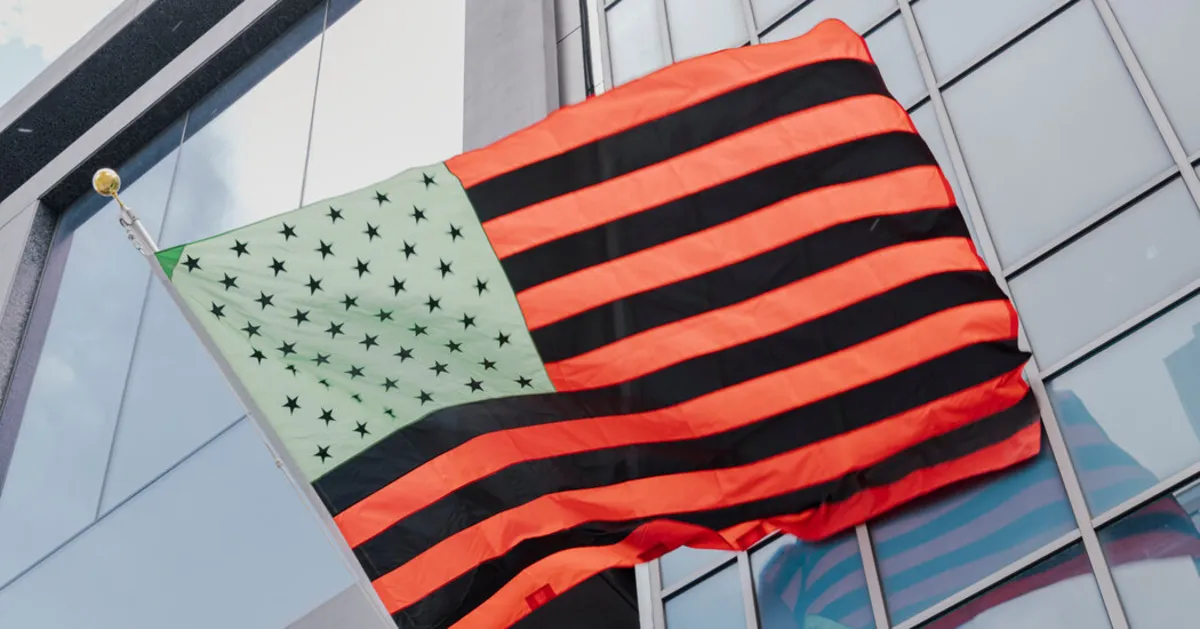
The reopening of the Studio Museum in Harlem, after an extensive seven-year construction period, marks a significant milestone in the celebration and promotion of Black art. This new chapter is highlighted by the museum's impressive alumni and collection shows, which showcase the rich history and cultural significance of African American artistry. Designed by the acclaimed Adjaye Associates in collaboration with Cooper Robertson, the new structure is a striking seven-story edifice that stands proudly on West 125th Street, inviting visitors to explore its expansive offerings.
The Studio Museum first opened its doors in 1968, during a time when racism was deeply entrenched in American society. Established in a modest loft above a liquor store, the museum aimed to create a space for Black artists and to tell the stories of African American history, which had long been overlooked. With the reopening of its new building, the museum unfurls a vibrant banner of cultural resilience and artistic expression, coinciding with ongoing discussions about diversity and equity in contemporary society.
The new Studio Museum boasts an impressive 82,000 square feet of exhibition space, effectively doubling the gallery area of its previous location. The design, characterized by its ebony-dark facade and expansive windows, is meant to evoke the dynamic energy of Harlem. The architectural concept draws inspiration from the streets, stoops, and sanctuaries of the neighborhood, encapsulating the essence of the community it serves.
At the heart of the museum's identity is a flag installation by conceptual artist David Hammons, which has adorned the facade since 2004. This flag, a reinterpretation of the Pan-African flag designed by Marcus Garvey, symbolizes the broad and unifying nature of Black identity. Inside the museum, Glenn Ligon’s neon sculpture “Give Us a Poem” reinforces this message, inviting viewers to reflect on the interconnectedness of individual and collective identities.
The museum's permanent collection is a treasure trove of African American and Afro-Latino works, with approximately 500 pieces showcased in the inaugural exhibition titled “From Now: A Collection in Context.” This diverse selection spans various genres and eras, allowing visitors to experience the evolution of Black art over the decades. Highlights include a 1936 photograph by James Van Der Zee and contemporary works by artists like Texas Isaiah and Lyle Ashton Harris.
As visitors explore the galleries, they encounter significant works that reflect the socio-political landscape of their respective periods. From Jacob Lawrence’s 1959 painting “The Architect” to Lorraine O’Grady’s photographic documentation of the 1983 African Day Parade, the collection serves as a visual narrative of the struggles and triumphs of the Black community. The museum also pays homage to the artists who laid the groundwork for future generations through its artist-in-residence program, which has become one of its most celebrated initiatives.
While the new Studio Museum celebrates its past, it also invites contemplation about its future. Under the direction of Thelma Golden, the museum has established itself as a critical platform for emerging Black artists, breaking barriers within the art market. As the museum continues to evolve, it remains dedicated to its mission of fostering creativity and challenging societal norms through artistic expression.
During a recent visit to the museum, the rooftop garden provided a stunning panorama of Harlem, symbolizing the rich tapestry of culture that the Studio Museum represents. This experience was further deepened by encountering a powerful installation by David Hammons, “Untitled (Boulder),” which poignantly inscribed “Black Lives Matter” on a rock, reminding visitors of the ongoing struggles faced by the Black community in America.
The reopening of the Studio Museum in Harlem is not just a celebration of its physical space, but a reaffirmation of its vital role in the landscape of Black art. By continuing to challenge perceptions and inspire dialogue, the museum remains a beacon of hope and creativity for generations to come.